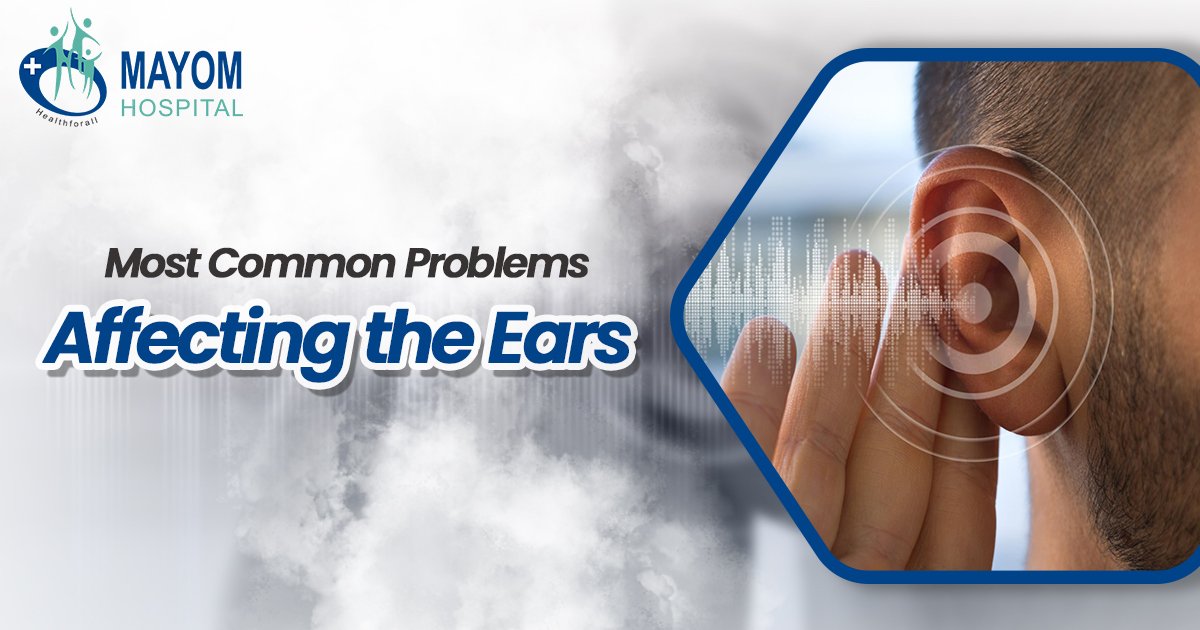Treatment for Vertigo is determined by the cause. As there are multiple options available for treatment but Vertigo is a condition that, in many cases, is self-resolving. This is because, at least in part, your brain can adjust to inner ear changes and rely on other systems to keep you balanced.
Some people may require treatment, which may include the following:
• Vestibular rehabilitation
• Canalith repositioning maneuvers
• Medicine
• Surgery
Your doctor will collect your medical history and inquire about any symptoms you've been experiencing to diagnose vertigo. What you say to your doctor has a big impact on the diagnosis.
Your doctor may then do a physical examination to check for vertigo signs and symptoms. Your ear canal, eardrums, and eye movements may be examined.
They may also do hearing exams such as an audiometric test.
Computerized assessment of balancing system is done by Video Nystagmography in which eye recording is done by the special camera in response to various stimuli triggering the semicircular canals of the right and left ear.
Advanced craniocorpography Is used to assess the gait of the patient while walking which is dependent on vestibulospinal reflex.
Visual vertical is a measure of vertical vector in a different orientation as dependant on the Otolith system.
Dynamic Visual Acuity is a measure of VOR which is responsible for fixing the image on the retina when either object or person is in motion.
If you've been experiencing hearing loss, your doctor may prescribe an MRI scan to examine your inner ear and surrounding tissues in greater detail.
Here we share the feedback of patients suffering from vertigo for many years without an exact diagnosis and the relief which can be given with accurate diagnosis by Dr. Manish Prakash
https://youtu.be/gnpbhWuwmxo








Comment Here